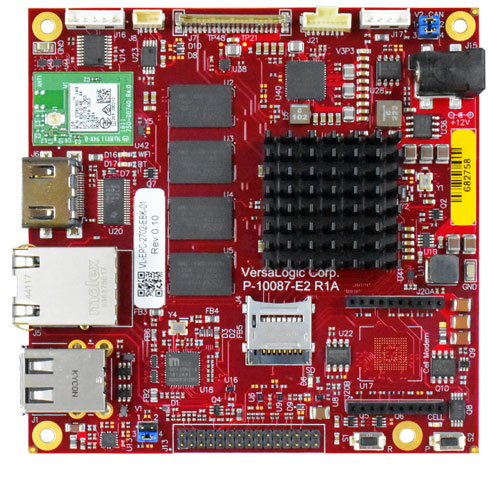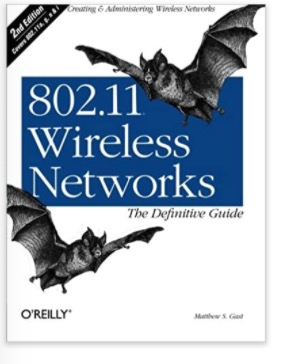Blog
Recent Posts
Single-Board ARM i.MX6 Computer Supports CAN Bus, WiFi, And Bluetooth
Posted by on
Versalogic introduced its Swordtail VL-EPC-2702 as part of a product series of ARM‑based embedded computers. It comes with an ISO 11898‑2‑compliant CAN Bus interface, which supports the 29-bit identifier extended frame format (CAN 2.0B) for SAE J1939 applications.
Available with either the NXP i.MX6 Quad (quad-core), or the i.MX6 Duallite (dual-core) processors, the board carries an onboard Wi‑Fi, Bluetooth, and a socket for plug‑in cellular radios. The latest model adds built-in eMMC storage functionality. Designed for hostile environments, the 95 mm x 95 mm (3.7" x 3.7") computer board is rated for operation at industrial temperature range -40 °C to +85 °C. The model incorporates soldered-down 8 GiB eMMC Flash as a bootable onboard storage medium plus a micro‑SD socket that is included in all models of the series.
The boards are suitable for transmitting maintenance or diagnostic information without the need for a wired connection. Wi‑Fi and Bluetooth radios are onboard, and a Nimblelink Skywire socket supports a range of cellular and wireless plug-ins. The embedded computer boards are suitable for industrial, smart city, and transportation applications.
The devices feature soldered-on memory and a variety of I/O ports, including CAN Bus, wireless interfaces, Gigabit Ethernet with network boot capability, USB 2.0, serial I/O (EIA-232), and I²C interface. Also, MCOTS versions can hold up to 32 GiB of onboard flash storage. The product meets MIL‑STD‑202H specifications for impact and vibration. CAN Bus cables are included in the scope of delivery (2 mm 4‑pin to 2 mm 4‑pin Microclasp, 1 mm, and 2 mm 4‑pin Microclasp to DB9 connector).
802.11 Wireless Networks: The Definitive Guide
The de facto standard for wireless networking is the 802.11 protocol, which includes Wi-Fi (the wireless standard known as 802.11b) and its faster cousin, 802.11g. With easy-to-install 802.11 network hardware available everywhere you turn, the choice seems simple, and many people dive into wireless computing with less thought and planning than they'd give to a wired network.
But it's wise to be familiar with both the capabilities and risks associated with the 802.11 protocols. And 802.11 Wireless Networks: The Definitive Guide, 2nd edition, is the perfect place to start. This updated edition covers everything you'll ever need to know about wireless technology. Designed with the system administrator or serious home user in mind, it's a no-nonsense guide for setting up 802.11 on Windows and Linux.
Among the wide range of topics covered are discussions on: deployment considerations network monitoring and performance tuning wireless security issues how to use and select access points network monitoring essentials wireless card configuration security issues unique to wireless networks With wireless technology, the advantages to its users are indeed plentiful.
Companies no longer have to deal with the hassle and expense of wiring buildings, and households with several computers can avoid fights over who's online. And now, with 802.11 Wireless Networks: The Definitive Guide, 2nd edition, you can integrate wireless technology into your current infrastructure with the utmost confidence.
 Loading... Please wait...
Loading... Please wait...


